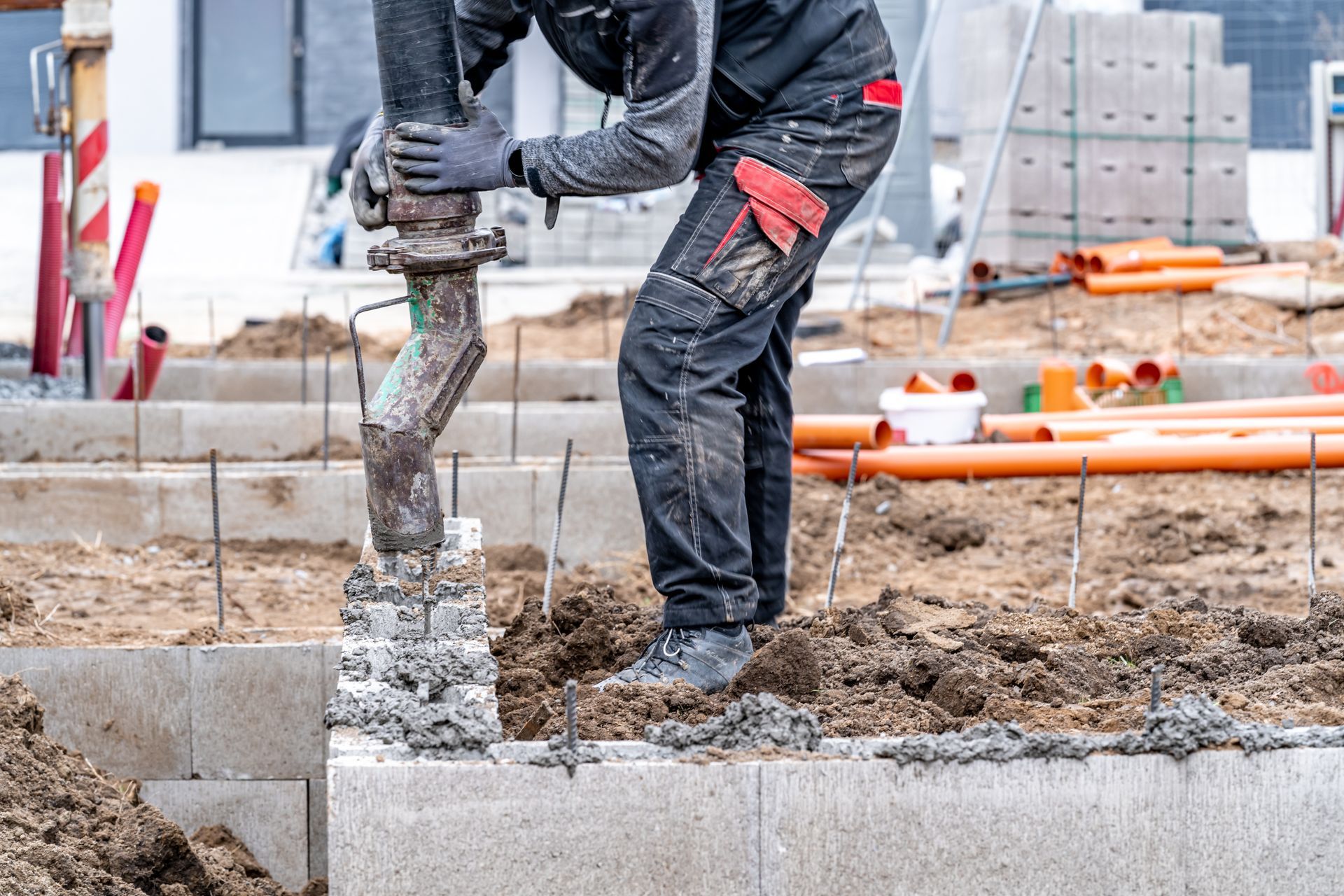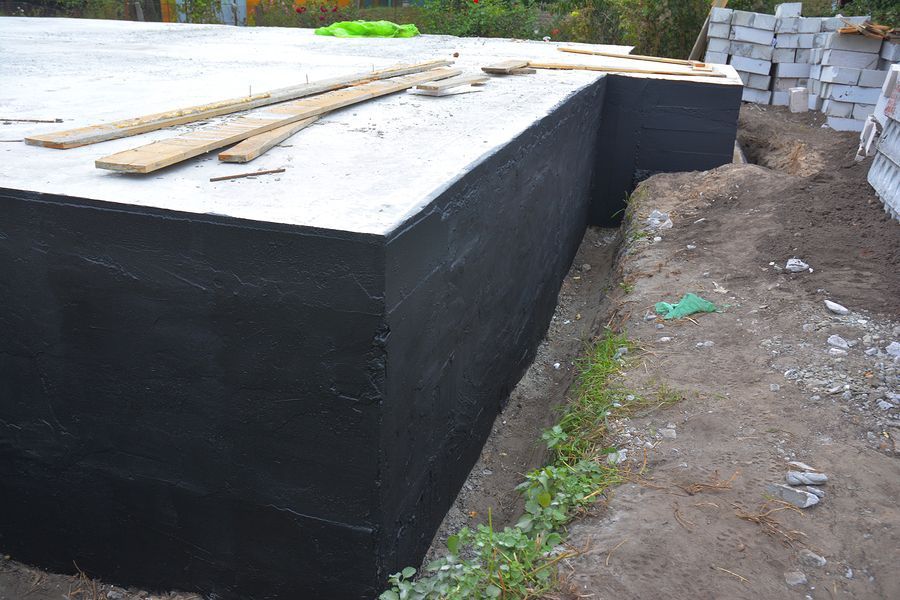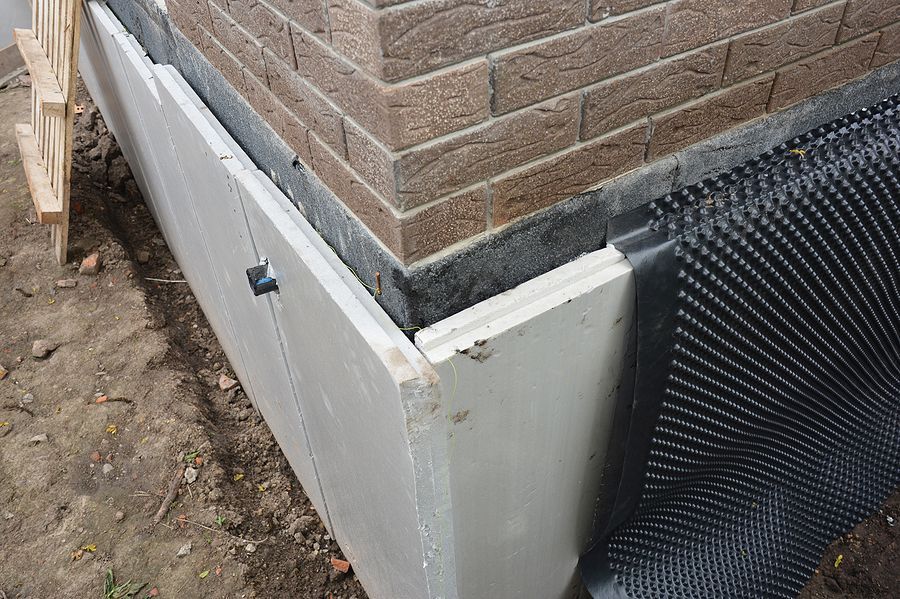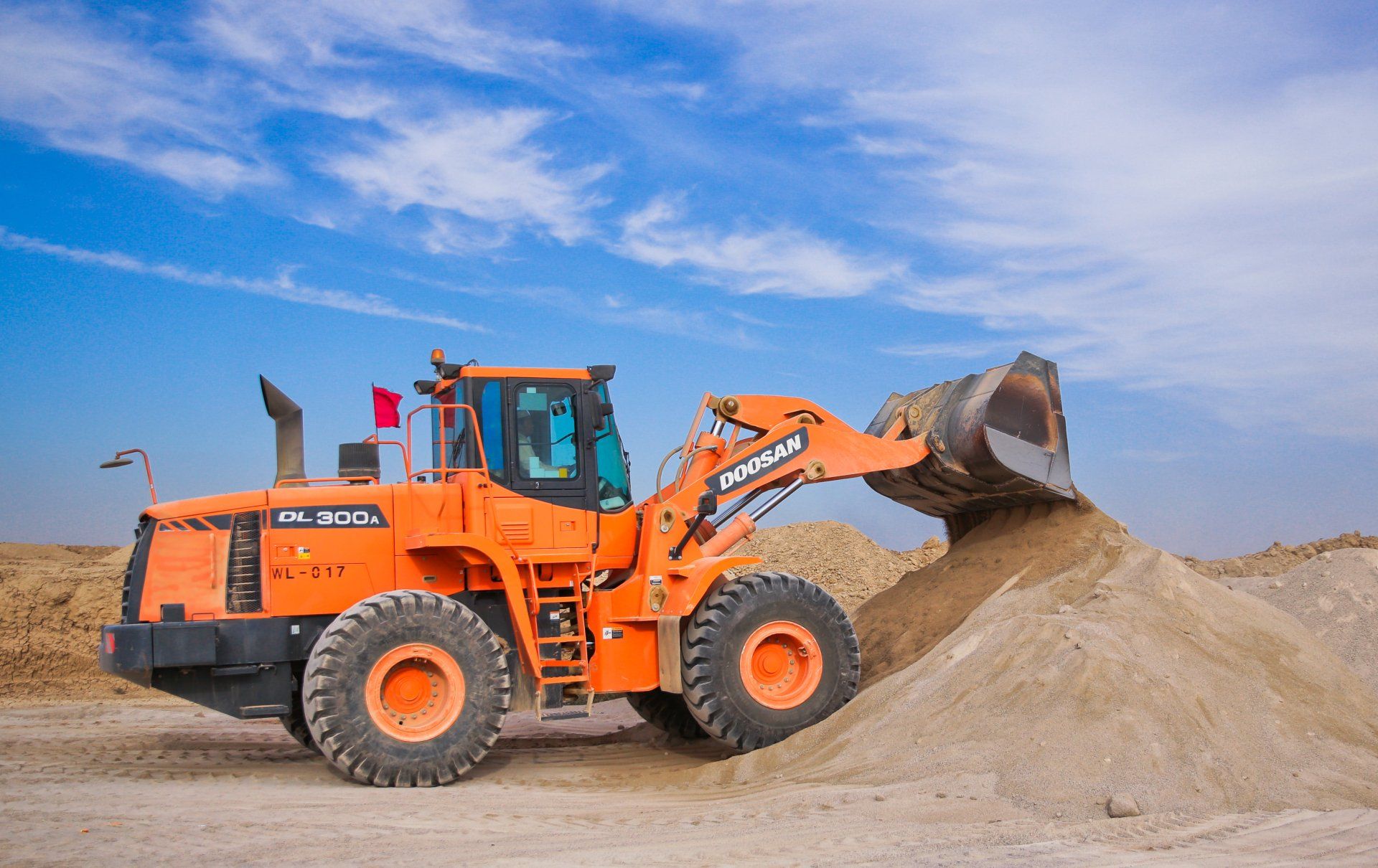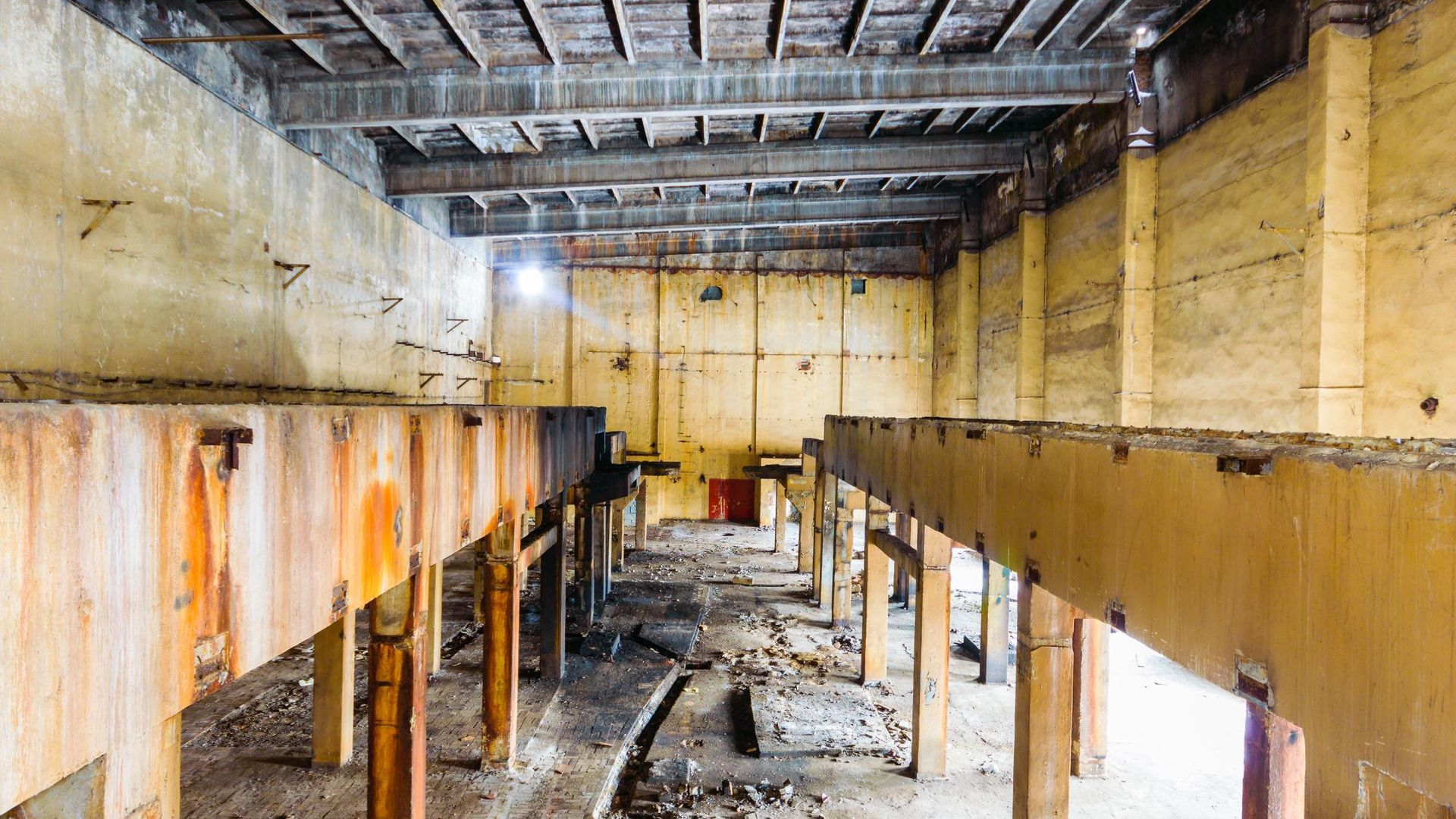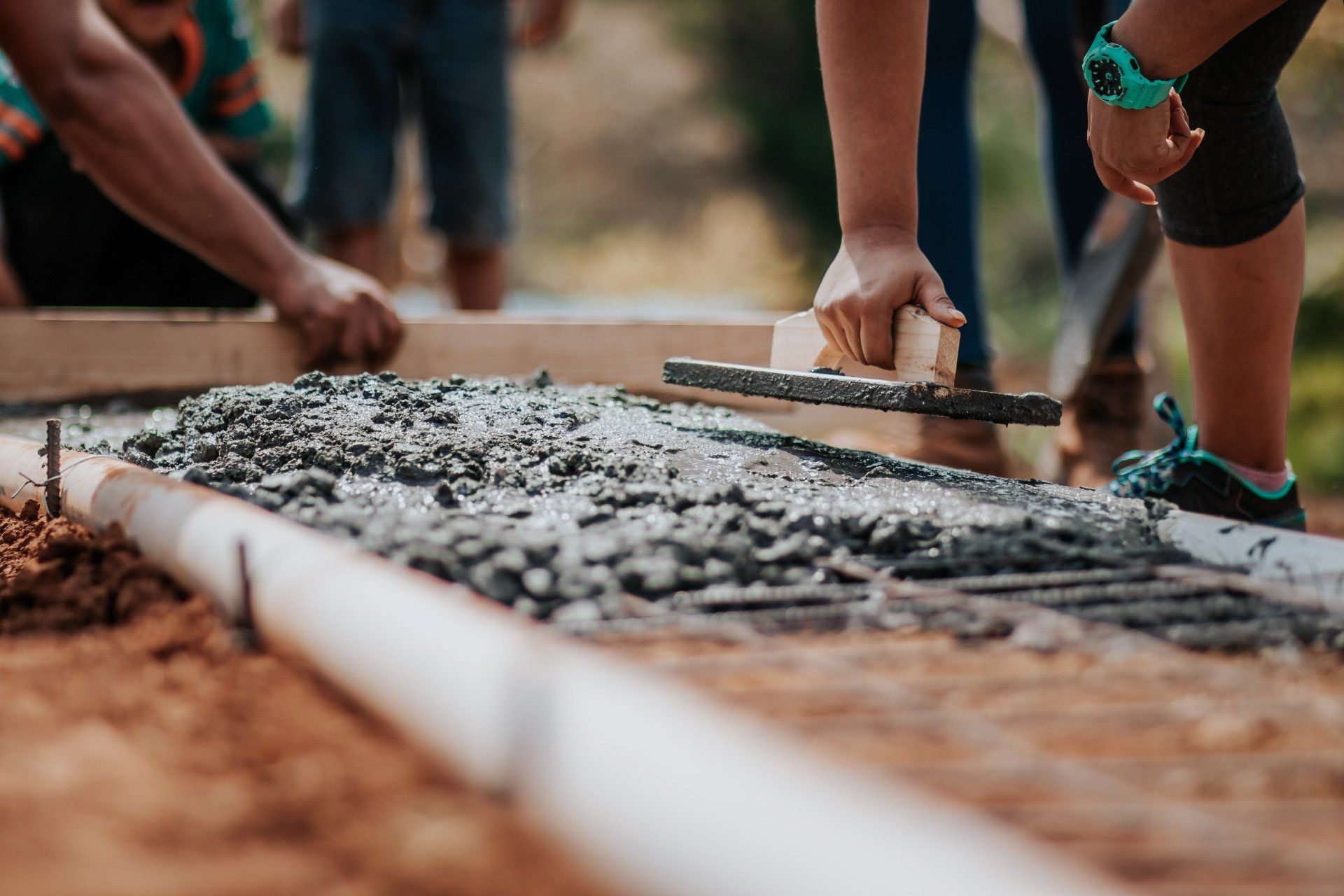Foundation Underpinning: A Comprehensive Guide to Techniques and Methods
Expert Insights: Exploring Foundation Underpinning Methods and Techniques for Robust Home Foundations
In the realm of construction and structural integrity, foundation underpinning stands as a critical process, ensuring the stability and longevity of buildings. This comprehensive guide, presented by
Fresno Foundation Repair Pros, delves into the various types of foundation underpinning methods, offering insights from seasoned underpinning experts. Whether you're a homeowner seeking home underpinning solutions or a contractor looking to deepen your understanding of underpinning processes, this article is tailored to equip you with the necessary knowledge.
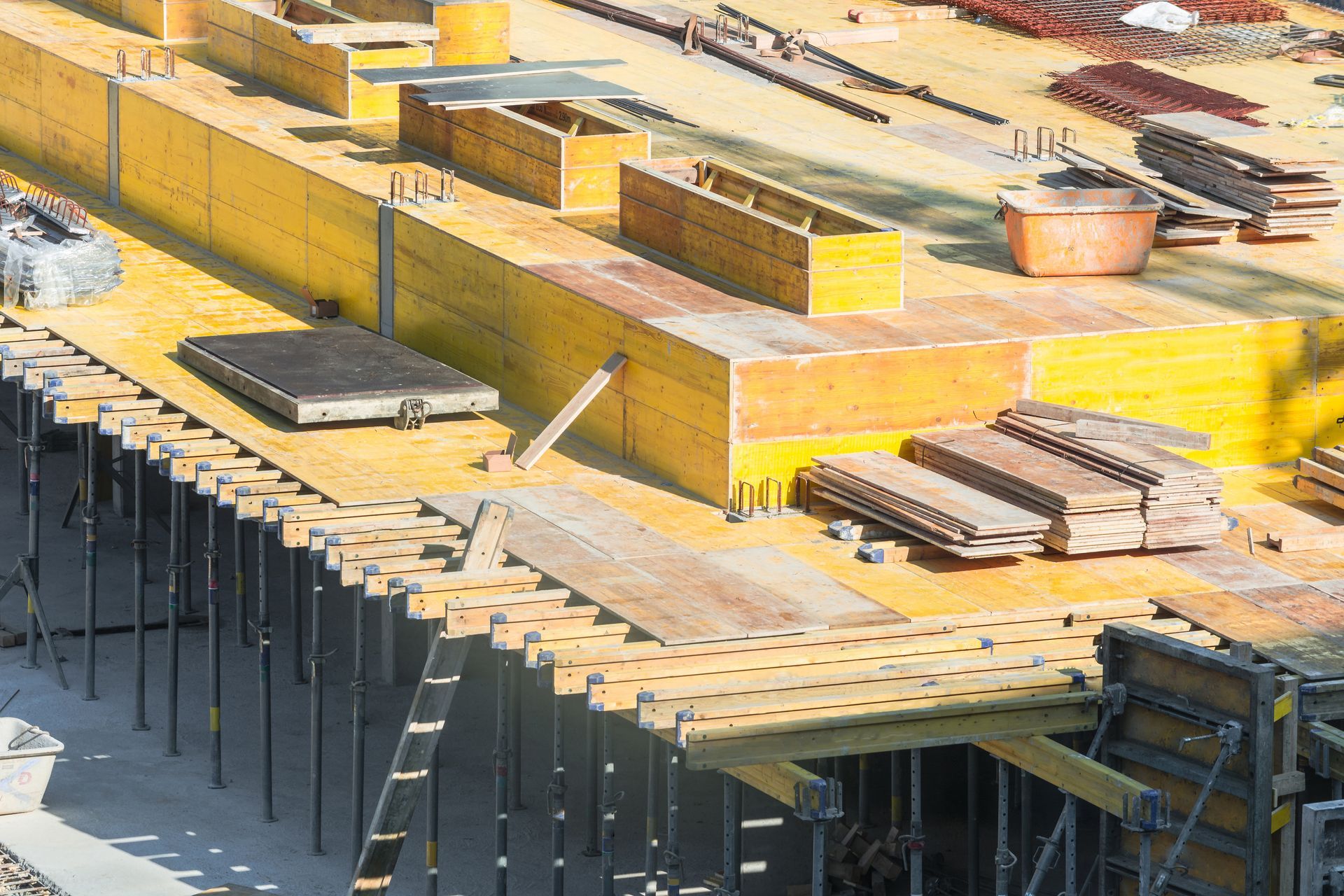
Understanding Foundation Underpinning
Foundation underpinning is a specialized procedure employed to strengthen and stabilize existing building foundations. This need arises due to various reasons such as soil instability, changes in land use, additional building loads, or subsidence. Underpinning contractors, including structural engineers, often tackle these challenges by extending the foundation in depth or width so it rests on more supportive soil or distributes the load across a greater area. Methods, including the use of deep foundation techniques such as pier and beam underpinning, screw piles, or pressure grouting, ensure the bearing capacity of the soil is sufficiently increased to support the weight of the structure. Among these, mini piled underpinning and the underpinning pit method are specific methods of underpinning that offer solutions for challenging soil conditions and restricted spaces. Advanced technologies and materials, including reinforced concrete and steel—chosen for their optimal compressive strength and durability—are crucial underpinning materials. These choices are based on thorough research to minimize the risk of foundation problems, showcasing the importance of foundation underpinning detail and underpin foundation detail in ensuring the longevity and safety of structures. Furthermore, the selection of an appropriate underpinning technique and understanding the various underpinning types are fundamental in addressing the unique demands of each project.
Types of Underpinning Methods
1. Mass Concrete Underpinning (Pit Method)
One of the oldest and most commonly used foundation underpinning methods is Mass Concrete Underpinning, also known as the traditional pit method. This process involves excavating sections beneath the existing footing and sequentially filling these with concrete. This method is preferred for its cost-effectiveness and suitability for shallow underpinning.
2. Beam and Base Underpinning
This technique involves constructing a reinforced concrete beam below the existing foundation. The load of the building is transferred to this beam, which then distributes it to strategically placed mass concrete bases. Beam and Base underpinning is effective for deeper underpinning requirements.
3. Mini-Piled Underpinning
Mini-piled underpinning is suitable for sites with variable soil conditions, limited access, or environmental constraints. This method extends the foundation by inserting piles that can reach depths of up to 15 meters. It's an ideal solution for home underpinning where traditional methods might not be feasible.
4. Screw Piles and Brackets
This innovative underpinning process involves screwing steel piles into the ground and attaching them to the foundation with brackets. It's a quick, less intrusive method, often used when vibration and noise need to be minimized.
5. Grout Injection Underpinning
Grout injection, or “jet grouting”, involves injecting a grout mixture into the ground to increase soil stability and strength. This method is used to fill voids, reduce soil permeability, and improve bearing capacity.
Choosing the Right Underpinning Method
Selecting the appropriate
foundation underpinning method depends on several factors including the type of soil, depth of the foundation, load requirements, and environmental considerations. Underpinning experts at
Fresno Foundation Repair Pros recommend a thorough assessment of the site and existing foundation to determine the most suitable technique.
Cost Considerations in Foundation Underpinning
The foundation underpinning cost varies significantly depending on the chosen method, the complexity of the project, and the extent of underpinning required. Homeowners and contractors should consider not just the immediate costs but also the long-term benefits and stability provided by the underpinning process.
Footing Underpinning: Strengthening the Base
Footing underpinning is a subset of foundation underpinning focusing on the lower support structures of a building. This process is crucial in ensuring that the weight of the structure is adequately supported, especially in cases where original footings are deemed insufficient.
The Importance of Professional Underpinning Contractors
Undertaking a foundation underpinning project requires professional expertise. Underpinning contractors are equipped with the knowledge, skills, and tools necessary to safely and effectively reinforce building foundations. It's imperative to engage with certified professionals who can navigate the complexities of different home foundation types and underpinning methods.
Navigating the Underpinning Process: A Step-by-Step Guide
The underpinning process, though intricate, can be navigated smoothly with the right approach. Here’s a step-by-step overview:
Initial Assessment and Planning
Before any underpinning work begins, a thorough assessment of the existing foundation and soil conditions is crucial. Underpinning experts from Fresno Foundation Repair Pros conduct detailed inspections to ascertain the extent of underpinning required and the best approach.
Designing the Underpinning Solution
Based on the initial assessment, a bespoke underpinning plan is devised. This plan considers the specific home foundation types, the extent of reinforcement needed, and the most suitable underpinning methods.
Obtaining Necessary Permits
Underpinning a foundation often requires permission from local authorities. Ensuring all legal and regulatory compliances are met is a vital step in the underpinning process.
Excavation and Installation
The actual underpinning process involves excavation (for methods like Mass Concrete Underpinning) and installation of underpinning elements such as piles or brackets. This phase requires precision and careful handling to ensure the stability of the existing structure.
Quality Checks and Finishing
After the underpinning is installed, thorough checks and quality assurance tests are conducted to ensure the integrity and strength of the foundation. Once approved, the site is restored to its original state, with improvements in foundation stability.
Innovations in Foundation Underpinning
The field of foundation underpinning is continuously evolving, with technological advancements leading to more efficient and effective methods.
Fresno Foundation Repair Pros stays at the forefront of these innovations, employing state-of-the-art techniques and materials to ensure the best outcomes for their clients.
Sustainability in Underpinning Practices
Sustainability is becoming increasingly crucial in construction practices, including foundation underpinning. Environmentally friendly materials, methods that minimize soil disturbance, and techniques that reduce carbon footprints are part of the sustainable underpinning solutions offered by forward-thinking companies like Fresno Foundation Repair Pros. These methods may involve the use of reinforced concrete, steel reinforcements, and concrete slab techniques designed to ensure durability and minimize environmental impact. In addressing civil engineering challenges, sustainable practices also consider the long-term effects on the water table and strive to prevent erosion and pollution, ensuring that projects like retaining walls are designed with environmental and property insurance considerations in mind.
Tailored Solutions for Different Foundation Types
Understanding that each building is unique, Fresno Foundation Repair Pros offers tailored underpinning solutions that cater to different home foundation types. Whether it's a historic building with traditional brickwork footings or a modern structure requiring advanced reinforcement with steel and concrete, the approach is customized to meet specific needs. This includes evaluating the soil, using precise surveying techniques to assess foundation settlement, and employing various underpinning types, such as pier underpinning, screw piles, or concrete slab underpinning, depending on the foundation problems encountered and the soil conditions. The company's engineers also consider the potential need for heavy equipment, drainage improvements, and the use of pressure grouting to ensure effective load distribution and prevent future subsidence.
Educating Homeowners and Builders
A key part of the underpinning process is educating homeowners and builders about the importance of foundation health. By providing comprehensive information and transparent consultations, Fresno Foundation Repair Pros ensures that clients are well-informed and comfortable with the underpinning process. This includes understanding the different underpinning types, the role of soil in foundation stability, and how concrete, steel, and other materials contribute to a strong and durable foundation. The company also addresses frequently asked questions (FAQs), offers insights into the importance of home insurance in protecting against foundation failure, and explains how climate factors like drought can affect soil and foundation integrity. Through their privacy policy, they reassure clients about the security of their information during the consulting process.
Final Thoughts
Foundation underpinning is a vital but complex process that demands expertise and precision. With a range of underpinning methods available, each with its specific applications and benefits, the role of experienced underpinning contractors becomes indispensable. Companies like
Fresno Foundation Repair Pros, with their expertise and commitment to quality and sustainability, stand as reliable partners in ensuring the structural integrity and longevity of your building’s foundation. Whether you are a homeowner seeking home underpinning solutions or a professional involved in building maintenance, understanding and utilizing the right foundation underpinning techniques is key to ensuring a safe and stable structure.

